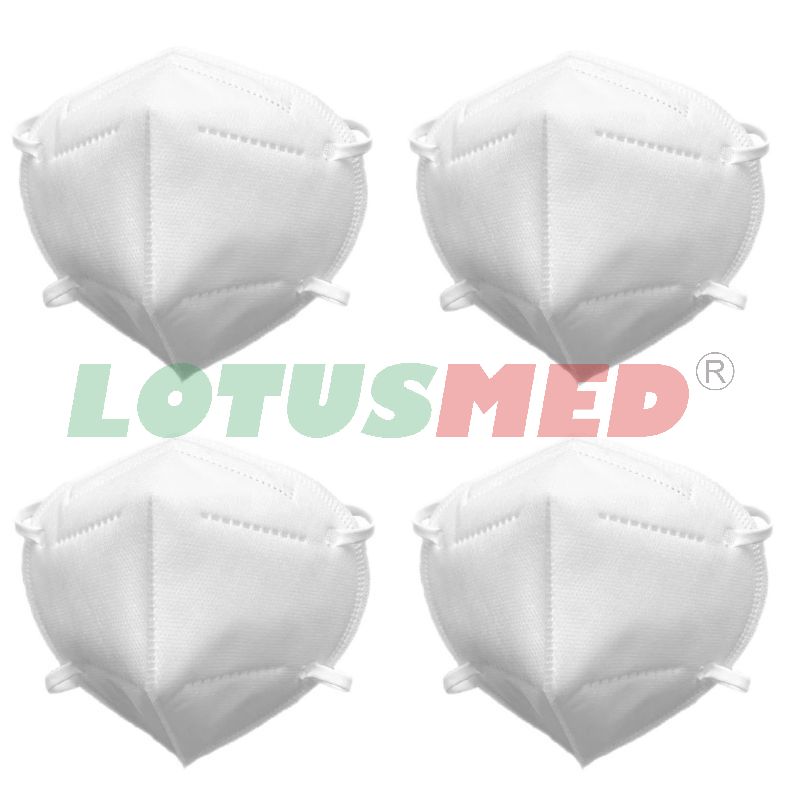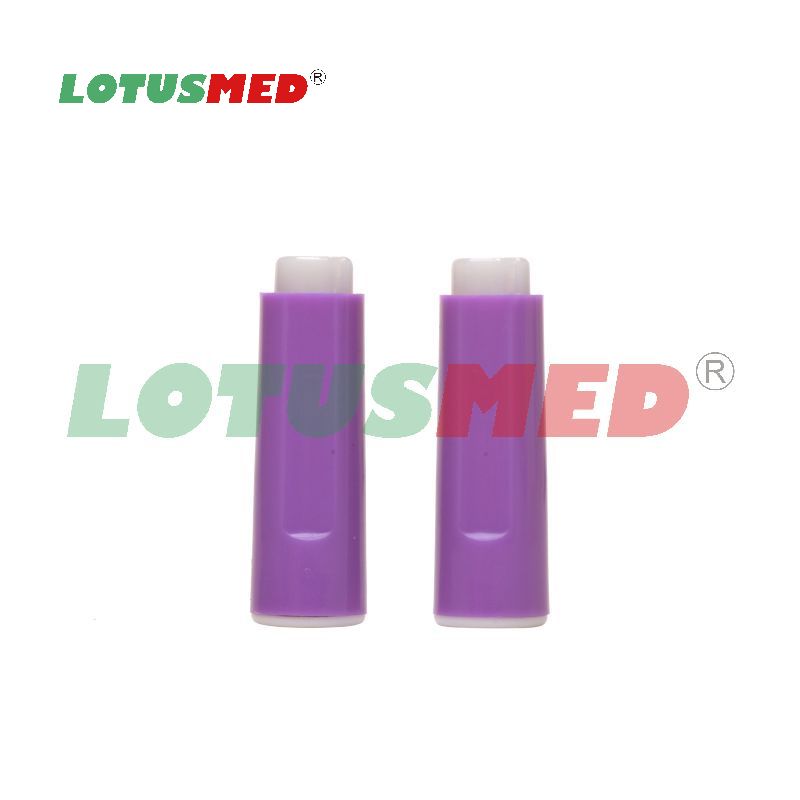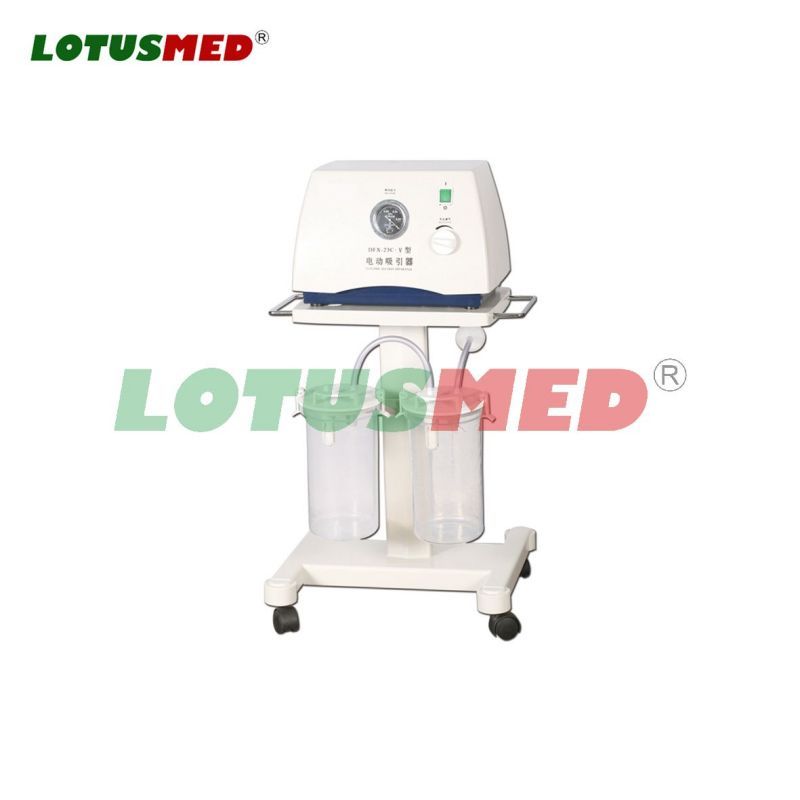
HSCR81003Q MERCURY SPHYGMOMANOMETER
LOTUSMED HSCR81003Q MERCURY SPHYGMOMANOMETER
MERCURY SPHYGMOMANOMETER HSCR81003Q
Sphygmomanometer is known as a blood pressure monitor, or blood pressure gauge, is a device used to measure blood pressure, composed of an inflatable cuff to collapse and then release the artery under the cuff in a controlled manner, and a mercury or aneroid manometer to measure the pressure.
Manual sphygmomanometers are used with a stethoscope when using the auscultatory technique.
A sphygmomanometer consists of an inflatable cuff, a measuring unit (the mercury manometer, or aneroid gauge), and a mechanism for inflation which may be a manually operated bulb and valve or a pump operated electrically.
The Vertical Sphygmomanometer (Stand Mercury Sphygmomanometer) can adjust the height arbitrarily. Before each measurement, it is necessary to check whether the mercury convex surface in the scale tube is exactly at the zero position of the scale. After the measurement, the sphygmomanometer will be tilted 45 degrees to the right and then the switch will be closed to avoid mercury leakage.
Specifications:
Measure scope: 0-300mmHg
Accuracy: +/- 3mmHg
Sub-division: 2mmHg
Standard collocation: nylon D-ring cuff, PVC bladder, and bulb
Aluminum tube, spring screw tube 2m
Plastic base plate with 5 castors with brakes
Height adjustable from 80cm to 125cm
Cuff material: nylon, cotton
Bladder and bulb: PVC, Latex
Method of using LOTUSMED HSCR81003Q Mercurial Sphygmomanometer:
1. Reduce physiological changes during blood pressure measurement. Blood pressure measurement should be carried out in a quiet and warm room, ensure that the patient does not eat, smoke, drink coffee, or have a full bladder within a short period of time, and explain the method of blood pressure measurement to reduce the patient's anxiety.
2. When taking a seat, the client should rest his back against the back of the chair, keep his legs uncrossed and his feet flat. Whether the patient is sitting or supine, the midpoint of the upper limb should be at heart level and rest for 5 minutes after positioning.
3. Place the balloon in the center of the brachial artery and wrap it evenly and neatly around the arm. Place the lower edge of the balloon about an inch above the elbow.
4. Set the maximum expansion level (estimated systolic reading plus 30 mm hg is the maximum expansion level).
5. Quickly release the air in the sleeve and wait 30 seconds to inflate it again.
6. Insert stethoscope and make sure it is placed forward.
7. Place the tip of the stethoscope gently over the palpable brachial artery, but seal it, being careful not to place any part of the end of the stethoscope under the blood pressure cuff.
8. Inflate quickly to inflate the airbag to its maximum level.
9. Slowly release the air, so that the pressure to 2~3 mm/s smooth decline.
10. Systolic blood pressure (SYSTolic blood pressure) was recorded in stage one of the Two continuous sounds.
11. No immediate diastolic pressure was recorded during the Corleone stage.
12. Continue listening until you are below 10 mmHg diastolic pressure, and then deflate completely and quickly.
13. Wait a minute or two for a repeat blood pressure measurement in the same arm.

















